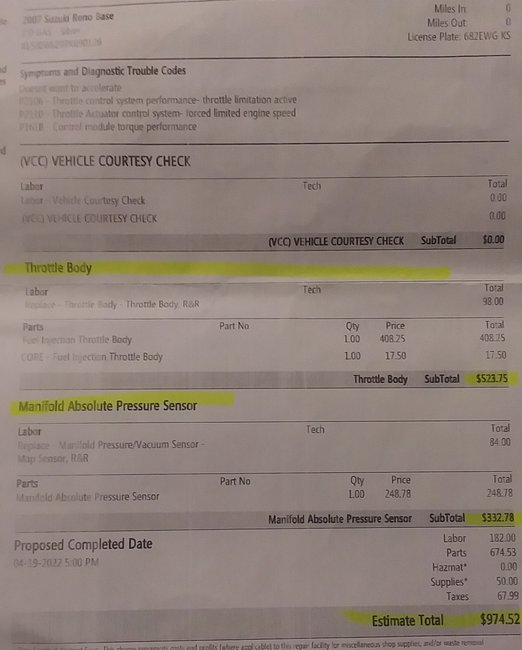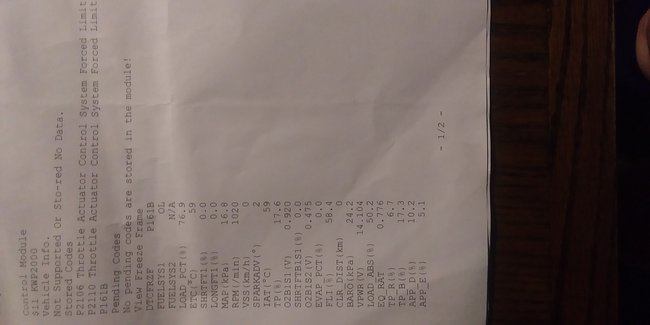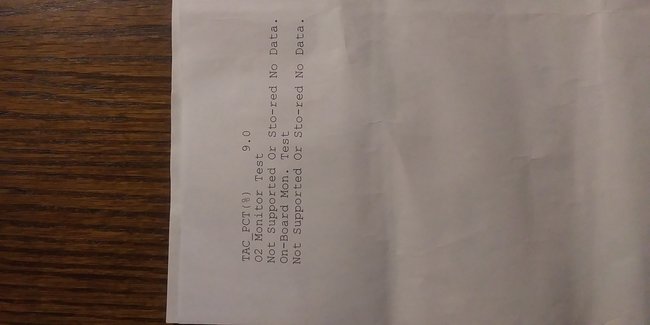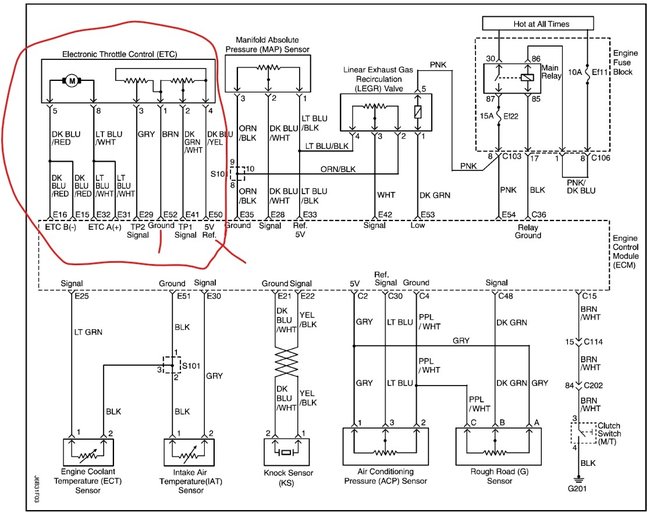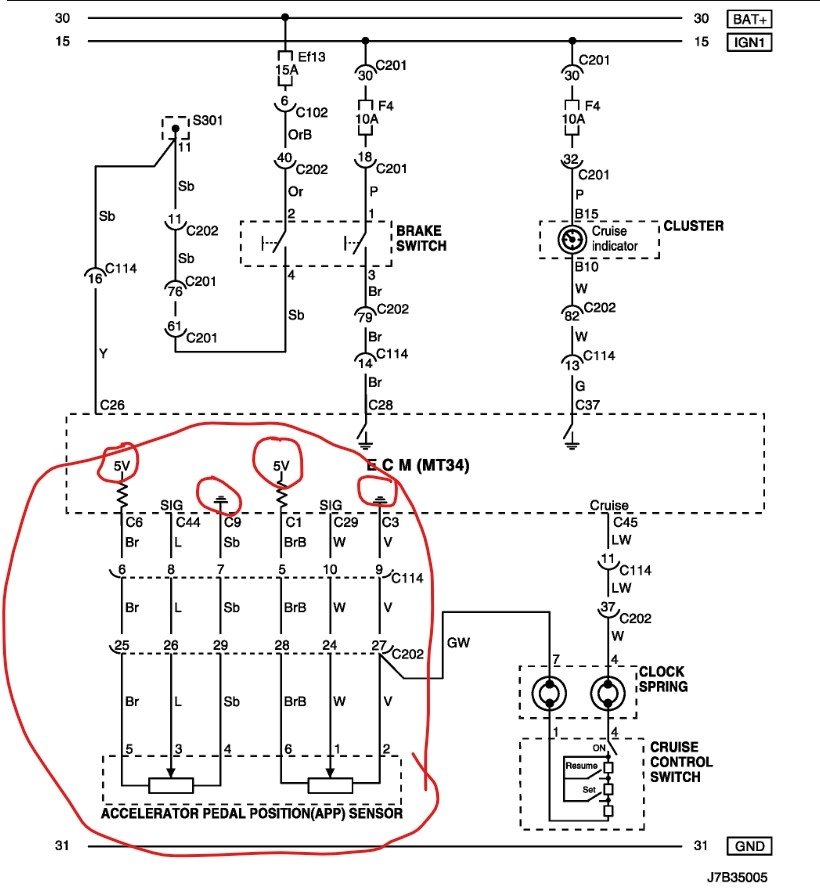Okay, if you can see live data you are going to want to watch the fuel trims once the engine goes into closed loop and if possible the throttle percentages compared to the amount requested by the ECU, so say you step on the pedal and the ECU shows a request for 5% but the actual number is 2% or none, then it's time to look for a problem in the harness. The way the system uses two different signals that are opposites, so as one signal rises the other lowers, then it compares those values with what it is stored in the program tables and moves the throttle body motor the same way, it also feeds back a double signal to tell the ECU how far it is open. If something fails in that circuit the car goes into limp mode because it's not sure what sensors to believe. What can throw this off is if there is a vacuum leak or if the purge valve was open and dumping fuel into the engine. In those cases, the ECU looks at the pedal position and says 5% throttle, the throttle body opens 5% but the ECU sees an RPM and power output from the engine that matches a 10% throttle change. These are continuous monitors, so it turns the light on and sets the code.
What you need to do is look at long- and short-term fuel trims as well as the throttle positions and see if the data matches correctly. So, say you look at the fuel trims and at idle the trims are trying to remove fuel but as soon as you touch the throttle the numbers go positive, that will indicate extra fuel from something. Now as you don't show any misfire codes, I suspect the extra fuel is from the EVAP system. If the numbers were reversed and it was adding fuel but as you open the throttle it starts removing it, then it's a vacuum leak. Both can change the expected power output compared to the throttle inputs.
Now for testing other than live data, look over the wiring harness at the pedal and the throttle body, it's possible that a broken or corroded wire in the harness could also cause these codes. I would suspect corrosion more than a break as there are circuit tests that would also set codes in the event of a broken wire. In both cases you need to look for two primary items, to the pedal assembly there are two different 5-volt feeds, then two grounds. If either of those fail you get a code, same thing at the throttle body. The wiring diagrams are attached, and you just need to use a voltmeter to check for the 5-volt reference and the ground.
Images (Click to make bigger)
Sunday, August 28th, 2022 AT 9:16 AM
